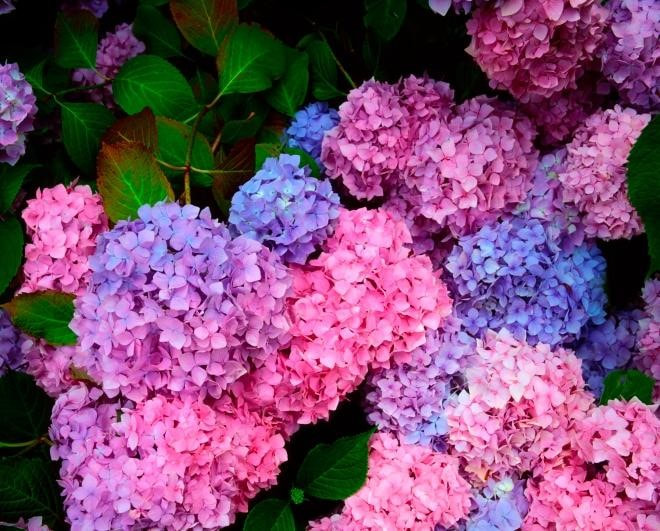Sometimes it’s just in the way they look.
Today I stood behind a guy in the tube lift who was about 6’3”. I could judge his height because he was about the same height as my late stepfather. Near us was a young woman who was at least three inches taller. And her boot heels were lower than my trainers. This meant she was at least 6’5” or 6. This is really unusually tall for a woman. She was quite splendid, too. Very slender, wearing tight black leather trousers on the longest legs I’ve ever seen. As we all surged towards the turnstiles, a short, round, brown man went through at the same time as this tall girl. The contrast was fantastic. You couldn’t make this up. At 5’7”, I came up to this young woman’s shoulder. The short man came up to her waist. Put the four of us together and it would have made an hysterical photograph (I’m the, er, older one with the silver-gold pixie cut).
The richness of human diversity is hardly a new idea. Diversity itself has been a serious topic for quite some time now, particularly on the political stage. I’m thinking about it more in fiction. Is there enough diversity in writing? I don’t just mean diversity in writers themselves: I mean in actual characters. My demographic is never, ever represented. This is, no doubt, because my demographic is considered to be utterly boring. All middle-aged women are, apparently, conservative; are married/divorced/sexually frustrated; have growing up kids; are caring for aged parents; have a mortgage and a career; are juggling a thousand things on a daily basis; are struggling with weight, menopause and/or some or other illness; like foreign holidays; would consider an affair with a younger man; read literary fiction; have an educated opinion; think Fleabag is funny.
But what if you aren’t like this? Oh, right, in that case, you are a bit funky, smoke dope (my generation does not say weed) and would consider an affair with a younger man/woman. If you’re a middle-aged female artist type, then you’re a hippy. A different class? Then you’re a drudge.
None of these stereotypes are me. And yet this is the only type of middle-aged woman I can find in fiction. At least, this is the only type I’ve found so far. Diversity isn’t always about race or age. Physical diversity is probably quite easy to do – superficially, you can come up with all sorts of variations. But the problems are always the same. It’s this lack of diversity that drives me nuts in fiction: no one ever seems to think/do/act any differently to anyone else, no matter who or what they are or where they come from.
It’s true that the mark of a good author is one that creates a character which you can identify with, even though they aren’t like you at all. This isn’t really the kind of diversity I’m talking about, though. Everyone my age in a story (whether in books or television or film) is always a “mom” character. Much as I like being a mother, this isn’t the only thing that defines me!
I’m quite sure, though, that for every divergence from the norm, there is someone who never sees themselves represented in fiction. No matter how original an author might be, characters can invariably be categorised in some way. And if you can show me an author who doesn’t do this, please, let me know, because I’m so unutterably bored with “normal.”
Diary of a Bloomsbury Writer also appears in my WordPress blog which you can follow HERE.

 RSS Feed
RSS Feed
